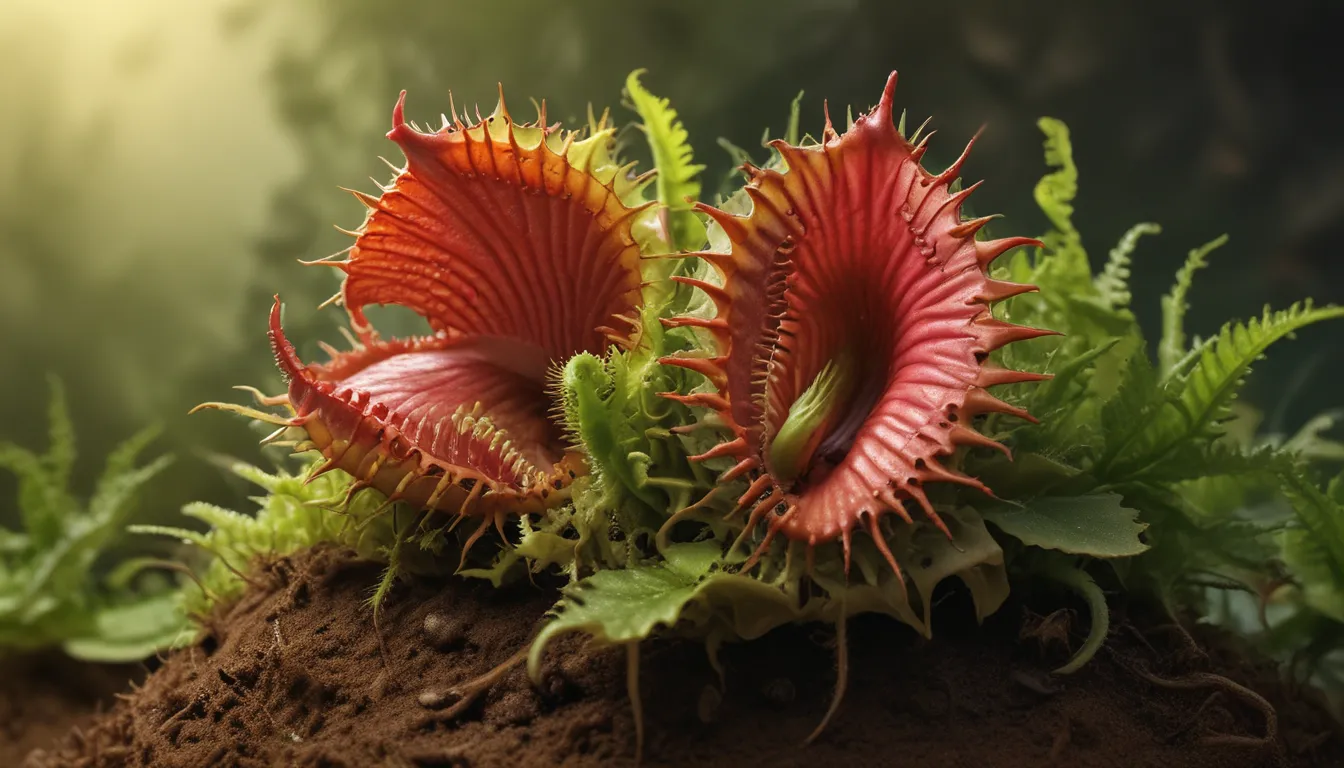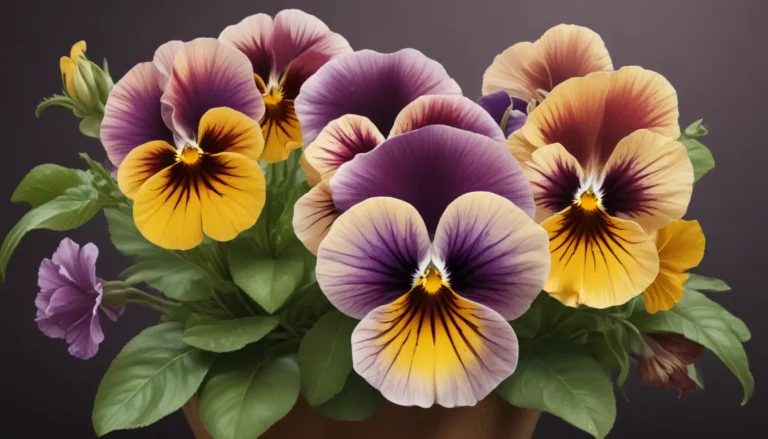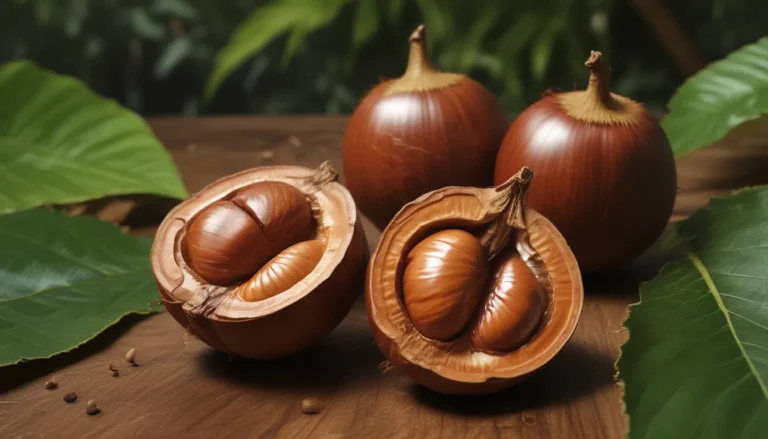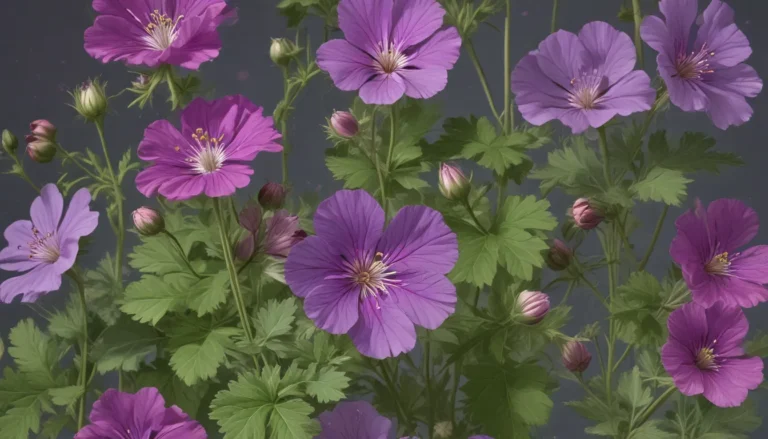The pictures we use in our articles might not show exactly what the words say. We choose these pictures to make you interested in reading more. The pictures work together with the words but don’t take their place. The words still tell you the important facts.
Are you intrigued by the fascinating world of Venus Flytraps? Known scientifically as Dionaea muscipula, these captivating carnivorous plants have captured the imagination of people worldwide. Originating from the bogs and swamps of North and South Carolina, the Venus Flytrap is renowned for its unique ability to trap and digest insects.
In this article, we will delve deep into the realm of Venus Flytraps and unveil 14 mind-blowing facts that will not only astound you but also expand your knowledge. From their intricate trap mechanisms to their incredible adaptations, these facts will shed light on why the Venus Flytrap stands as one of nature's most captivating wonders.
The Allure of Venus Flytrap
- Fascinating Carnivorous Plant: The Venus Flytrap, scientifically known as Dionaea muscipula, is a captivating carnivorous plant native to the coastal regions of North and South Carolina. It showcases a unique feeding mechanism that allows it to consume small insects and arachnids.
Unveiling the Mysterious Trap
- Unique Trap Mechanism: One of the most intriguing aspects of the Venus Flytrap is its specialized trap mechanism. The plant features leaves divided into two sections, each with a hinge in the middle. When triggered by the movement of an insect, the leaves snap shut, ensnaring its prey.
A Sweet Seduction
- Production of Sweet Nectar: The Venus Flytrap allures its prey with a sweet-smelling nectar secreted by glands on the inner surface of its leaves. This nectar serves as a potent attractant, enticing insects to come closer and activating the trap mechanism.
The Digestive Dance
- Digestion Process: Once the trap of the Venus Flytrap closes, it initiates the digestion process. The plant releases digestive enzymes that break down the insect's soft tissues, enabling it to extract essential nutrients such as nitrogen, phosphorus, and other minerals.
A Counting Carnivore
- Counting Ability: Surprisingly, the Venus Flytrap possesses the remarkable ability to count. It can differentiate between a single touch and multiple touches on its trigger hairs. This counting mechanism aids the plant in determining whether it has captured potential prey or experienced a false alarm.
Remarkable Flexibility
- Trap Reopening: Contrary to common belief, the Venus Flytrap can reopen its trap if it deems that the captured prey is not worth digesting. This energy-efficient mechanism enables the plant to conserve resources and avoid expending energy on prey that may be too large or unmanageable.
Exploring Its Habitat
- Exclusive Wilderness Habitat: The Venus Flytrap is an exclusive plant found only in the wild. Its natural habitat comprises acidic bogs and wetlands in the southeastern United States. While it can be cultivated in controlled environments, strict regulations are in place to safeguard its natural populations.
The Cycle of Life
- Short Lifespan: Venus Flytraps typically have a relatively short lifespan of about 20 years in the wild. However, under optimal cultivation conditions, they can survive up to 30 years. They follow a seasonal growth pattern and enter a dormant phase during the winter months.
Patient Plant Parenthood
- Slow Growth Pace: Venus Flytraps are slow-growing plants, taking approximately three to five years for a seedling to reach maturity and start producing traps. Once they reach adulthood, they can generate multiple leaves and traps, enhancing their prey-catching capacity.
Rare Floral Displays
- Infrequent Flowering: The flowering of a Venus Flytrap is a rare occurrence. In the wild, it typically blooms once the plant has matured, which usually takes several years. The flower stalk can grow up to 12 inches tall and produces small white flowers that attract pollinators like bees and butterflies.
Eternal Vigilance
- Trap Resetting: Once a Venus Flytrap completes the digestion process, it resets its traps by reopening them and exposing the inner surface. The plant then awaits new prey to approach its trigger hairs, triggering the trap-closing sequence once more.
Nature’s Recycling
- Regeneration through Leaf Cuttings: Propagating Venus Flytraps can be achieved by utilizing leaf cuttings. By carefully cutting a leaf and placing it in a suitable growing medium, the potential for new plantlets to develop arises. This method is commonly employed by horticulturists to propagate multiple Venus Flytrap plants.
Thriving in Adversity
- Survival in Nutrient-Poor Soils: Venus Flytraps have adapted to thrive in nutrient-poor soils by supplementing their diet with prey. The traps serve as a means for the plant to acquire essential nutrients that are scarce in its natural habitat. This unique adaptation empowers Venus Flytraps to flourish in challenging environments.
Cherished and Protected
- Status as a Protected Species: Venus Flytraps are classified as a protected species due to their restricted natural habitat and the threat of illegal harvesting. It is unlawful to uproot or extract Venus Flytrap plants from the wild without the appropriate permits. This conservation endeavor aims to safeguard and preserve this captivating species for future generations.
In wrapping up our discussion on the 14 captivating facts about Venus Flytraps, we catch a glimpse of their distinctive characteristics and adaptations. From their carnivorous tendencies to their intricate trap mechanisms, Venus Flytraps stand out as a source of fascination for both scientists and plant enthusiasts. With their counting prowess, trap resetting abilities, and resilience in nutrient-poor soils, these protected plants embody the remarkable diversity of life on our planet.
A Final Acknowledgment
In conclusion, the Venus Flytrap emerges as a truly remarkable plant, with its unparalleled capacity to ensnare and digest insects. Its swift trapping mechanism, sensitivity to touch, and complex digestive process render it an engaging subject for exploration. Whether you harbor a passion for plants or simply exhibit curiosity about nature's wonders, delving into the world of Venus Flytraps promises to leave you spellbound. So, the next time you encounter this extraordinary plant, take a moment to marvel at its intricate design and extraordinary adaptations. The Venus Flytrap exemplifies a true marvel of the plant kingdom.
Frequently Asked Questions
- How does the Venus Flytrap catch its prey?
-
The Venus Flytrap employs specialized trigger hairs on its modified leaves. Upon contact with an insect or small organism, these trigger hairs activate the plant's rapid closing mechanism.
-
What occurs once the Venus Flytrap captures its prey?
-
Following closure, the prey becomes trapped within the plant. The Venus Flytrap releases digestive enzymes that facilitate the breakdown of proteins and nutrients from the prey, enabling the plant to absorb them.
-
What is the digestion timeframe for the Venus Flytrap's prey?
-
Digestion may range from several days to a few weeks, contingent upon the size and type of prey. Subsequent to digestion completion, the trap reopens, prepared for a fresh meal.
-
Can the Venus Flytrap consume substances aside from insects?
-
While insects represent the primary food source for Venus Flytraps, they can also capture and consume small spiders, mites, and even minuscule frogs or lizards in their natural environments.
-
How should I maintain a Venus Flytrap as a houseplant?
-
Venus Flytraps necessitate a specific care regimen to thrive, including a sunny location, distilled water, and a well-draining soil mix. It is imperative not to overfeed or unnecessarily trigger the trap.
-
Are Venus Flytraps considered endangered?
- Yes, Venus Flytraps are categorized as a vulnerable species in their natural habitat due to habitat degradation and poaching. Supporting conservation initiatives and exclusively acquiring Venus Flytraps from reputable sources are critical.
Feel free to explore the captivating world of Venus Flytraps, unveiling their distinctive traits and unparalleled adaptations. As you delve deeper into the realm of these extraordinary plants, prepare to be enthralled by their complexity and ingenuity. Embark on a journey of discovery and appreciation for the wonders of nature encapsulated within the enigmatic Venus Flytrap.






